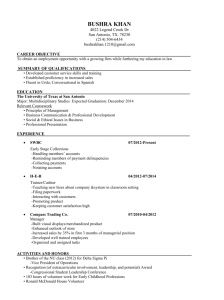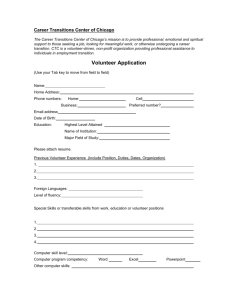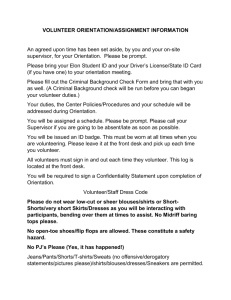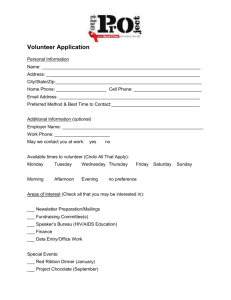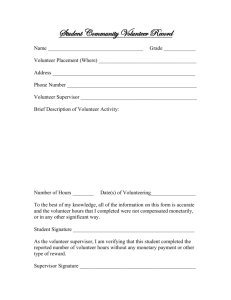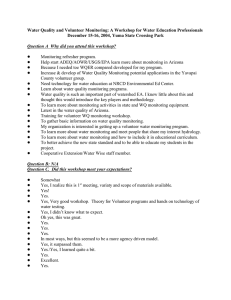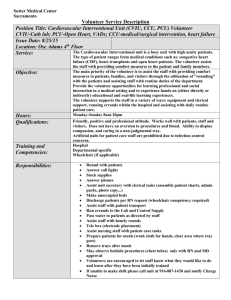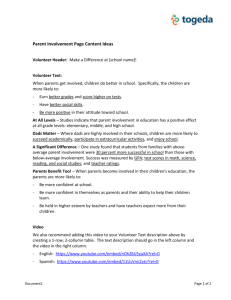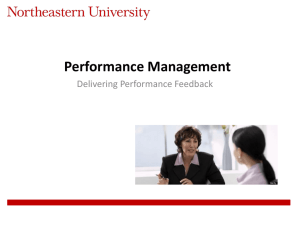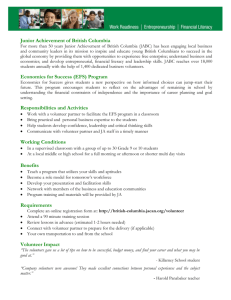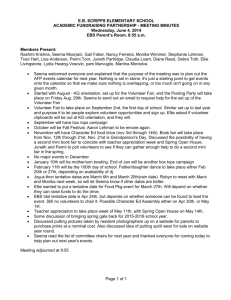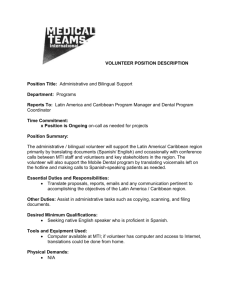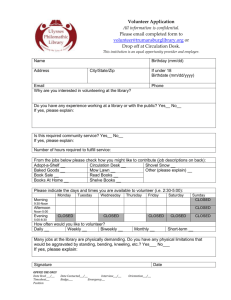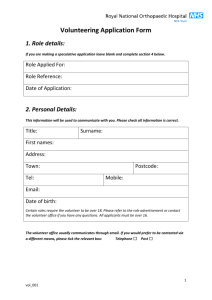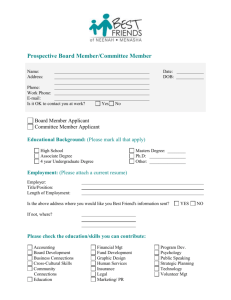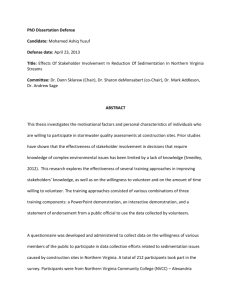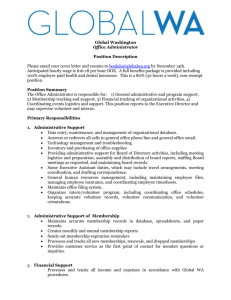Approaches to Problem Solving in Meetings
advertisement
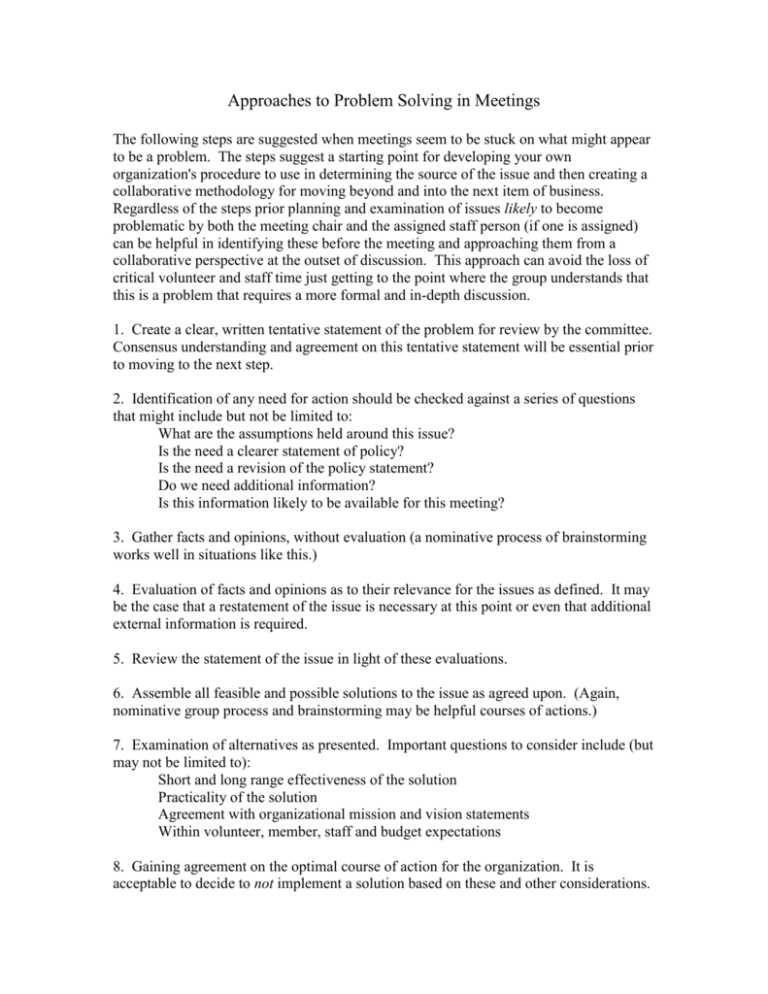
Approaches to Problem Solving in Meetings The following steps are suggested when meetings seem to be stuck on what might appear to be a problem. The steps suggest a starting point for developing your own organization's procedure to use in determining the source of the issue and then creating a collaborative methodology for moving beyond and into the next item of business. Regardless of the steps prior planning and examination of issues likely to become problematic by both the meeting chair and the assigned staff person (if one is assigned) can be helpful in identifying these before the meeting and approaching them from a collaborative perspective at the outset of discussion. This approach can avoid the loss of critical volunteer and staff time just getting to the point where the group understands that this is a problem that requires a more formal and in-depth discussion. 1. Create a clear, written tentative statement of the problem for review by the committee. Consensus understanding and agreement on this tentative statement will be essential prior to moving to the next step. 2. Identification of any need for action should be checked against a series of questions that might include but not be limited to: What are the assumptions held around this issue? Is the need a clearer statement of policy? Is the need a revision of the policy statement? Do we need additional information? Is this information likely to be available for this meeting? 3. Gather facts and opinions, without evaluation (a nominative process of brainstorming works well in situations like this.) 4. Evaluation of facts and opinions as to their relevance for the issues as defined. It may be the case that a restatement of the issue is necessary at this point or even that additional external information is required. 5. Review the statement of the issue in light of these evaluations. 6. Assemble all feasible and possible solutions to the issue as agreed upon. (Again, nominative group process and brainstorming may be helpful courses of actions.) 7. Examination of alternatives as presented. Important questions to consider include (but may not be limited to): Short and long range effectiveness of the solution Practicality of the solution Agreement with organizational mission and vision statements Within volunteer, member, staff and budget expectations 8. Gaining agreement on the optimal course of action for the organization. It is acceptable to decide to not implement a solution based on these and other considerations. 9. Assignment of work related to implementation. This includes volunteer and staff responsibilities; budget; timetables for implementing various steps; and telling the story of the outcome to the members. 10. Establishing a date for evaluation of the decision and action outcome. Special consideration should consider: Did the problem or issue actually get solved? Has the organizational process been improved by the steps taken? If continuing implementation is necessary which operating policies or aspects of governance need to be formally changed? If the outcome was not successful, were the determining factors resource (budget, time, volunteer or staff) limitations; or other factors?


